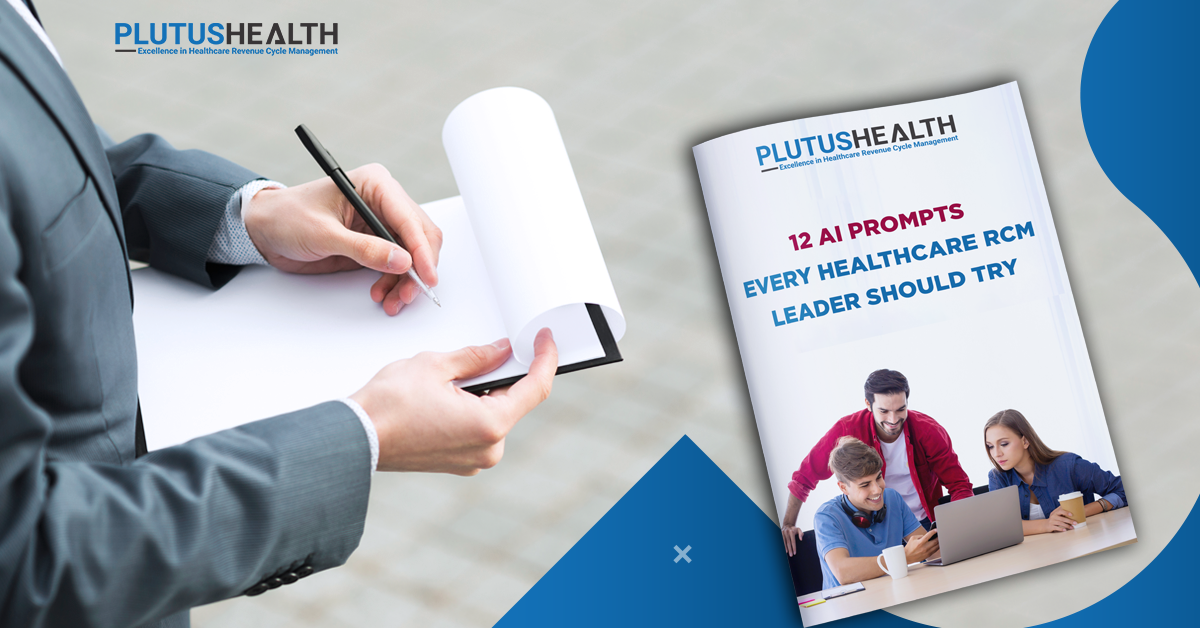Handling Unlisted Codes: Strategies to Avoid Rejections, Denials, and Audits
Medical science is advancing exponentially. New services, devices, and medicines are entering the field quicker than ever before. Unfortunately, the American Medical Association (AMA) may take 18-24 months to modify CPT codes to reflect these advancements. In these circumstances, unlisted codes meet the crucial task of expediting the process of coding and billing.
The AMA demands that practices use a CPT code when the code accurately describes a provided service. A code that is an approximation of the service is unacceptable. Unlisted codes are necessary in such cases.
Payers review unlisted codes more thoroughly than regular codes, so the chances of denial are higher. As such, practices must have well-defined strategies to receive quick coverage approval.
Here’s how to handle unlisted codes while avoiding rejections, denials, and audits.
Reviewing the Initial Provider Suggestion
When a provider suggests using an unlisted code for a service, examine the details. Instruct your coders to review the service carefully. Ensure no standard code exists that meets the service’s description. Occasionally, coders will need to inspect the physician’s records for missing information.
Meeting the Technical Requirements
Submit an initial description of an unlisted service as part of Item 19 on the CMS-1500 claim form. Unfortunately, the electronic equivalent of this form only offers 80 characters. Use these characters to include a concise description of the unlisted procedure code.
Some physical submissions are unable to describe everything in Item 19. In such cases, attach a document with additional details. If you submit two or more of the same unlisted CPT code, report the unlisted code just once.
Submitting an Unlisted Code
Payers will want answers to a few key questions in an unlisted code submission.
● Service Description: What is the service, why was it necessary, and to what extent was it performed?
● Extenuating Circumstances. Were there any extenuating circumstances that notably affected the procedure?
● Surgical Details: Were other service providers involved in the operation? Was it performed through the same surgical opening and at the same surgical location?
● Technical Specifications: How long did the procedure take? What equipment and effort were needed to perform it? How many times was the service provided?
Coders must submit clear supporting documentation with the unlisted codes. They must mark what parts of the documentation reference the service or other critical information. Specialty providers must submit specific supporting documentation.
Using Code Modifiers
Practices use modifiers when a CPT code is inadequate to describe the details of a provided service. Many procedures require modifiers to note service changes the physician deemed circumstantially necessary. So, modifiers are a critical part of a typical medical billing and coding cycle.
By contrast, unlisted codes do not require modifiers. Unlisted services, by definition, do not match any fixed described procedure. Therefore, the AMA expects practices to clearly describe services without using modifiers.
Preventing Insurance Claim Denials
As with all coverage standards, insurance payers hold unique rules regarding unlisted codes. Payer websites may give relevant submission information. However, you’ll likely still need to contact payers more frequently when claiming unlisted services.
Insurers won't say whether they cover an unlisted procedure until they receive relevant codes. Because of their uniqueness, payers must extensively review unlisted claims before determining coverage status.
(Exception: Unlisted codes for DME, orthotics and prosthetics require appropriate NU, RR or MS modifier.
Claims submitted with an unlisted procedure code will be denied if determined that a more appropriate procedure or service code that most closely approximates the service performed is available.
Unlisted codes provide a denial hazard to all practices. At Plutus Health, we’ve developed a service that combats this hazard in a quick, efficient manner. Our expert team of coders and billers accurately submits claims and gets high reimbursements. Contact us today to learn how we’ll bolster your revenue cycle efficiency.
Key Takeaways
1. Review unlisted code suggestions to ensure no standard CPT codes match the services.
2. Meet technical submission criteria to avoid denials.
3. Include critical information in an unlisted code and its supporting documentation.
4. Never use modifiers when submitting an unlisted code.
5. Learn payers’ unlisted code standards.


.png)















































